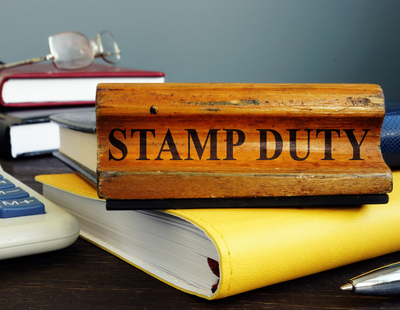As a property industry trainer, I am amazed at the number of confessions from sales people that no one had ever shown them how to conduct a viewing properly.
So many go on a viewing without the slightest idea of how they can be more effective in selling this property. In terms of cost and time this is a ludicrous situation. So I want to put down some basic ground rules for people to follow.
The basics start with booking the viewing and making sure this is done properly.
Firstly, confirm the appointment with the vendor and make a note that this has been done. If this negotiator is absent on the day, at least the confirmation notes will be present. For safety reasons, details of the viewer need to be confirmed if it is the first occasion and noted if it is a subsequent viewing.
The basic is to prepare for the viewing, and this is something that often gets missed out as people are too busy. There are several things that can be done to make a sale more likely.
These include the basics such as taking copies of the details, keys, alarm numbers, directions, personal image, car cleanliness, etc etc. However, the most important aspect is to prepare how you will try to sell this house to this buyer. So go back to the buyer’s notes and ascertain what will ‘float the boat’ of this buyer.
If there is another viewing at the same property with a totally different buyer, this buyer’s motives will most probably be different and so the way to show it should match this buyer. The other thing that can be done is to take details and keys of other local properties that they might wish to view while they are with you.
The next thing is to leave in good time to arrive before the buyers. And others in the office should know where you are going, with whom, and when you expect to be back.
OK, so what do you do with the vendors if they are around?
This can be a difficult psychological position for both buyer and vendor. Remember, to you it is a job, whilst to both of them it is a special event. It is the seller’s territory and could be the buyer’s dream lifestyle.
Also it can lead to difficult situations if the vendors become involved, so it is best that the vendors either disappear for a while or be as inconspicuous as possible. Remember, you are the sales person and to do your job to the best you should be allowed to get on with it on your own.
The property should be prepared and presented in its best light. So it may need you to pick up the post piling at the door, make sure you know where all the doors lead, and switch on all the lights.
What is the correct order to show the property? There are many theories and old wives tales floating around. My thoughts firstly turn to the preparation that was done in terms of what will sell this property to this buyer. This should determine how you should show the property.
So what is the WOW factor for this buyer? Good sales people would try and end up in the WOW factor so that it has the biggest impact on the buyer when you close. The other factor that is important is size.
Do you want the buyer to remember the small rooms or the larger rooms? So it should be small to big when showing living rooms and bedrooms.
The next basic is that the sales person is there to influence the buyer positively. If the negotiator does not try to influence the buyer, then why are they there? Basic techniques that will help here are building rapport and trust from the start, as well as early trial closing to gauge buying signals.
Again our preparation will help here, not only in terms of rapport, but in what aspects of the property the negotiator should attempt to trial close. Pick out three to four important features that are important to the buyer and trial-close the buyer on these.
Following your costly massive time commitment, don’t forget to ask for the business! Yes, you will get more no’s than yes’s as do all sales people, but unless a close is forthcoming the buyer will not give you any more information. Remember you will have to give feedback to the vendor, so even if it is a no, you can ask why. This is invaluable information.
Lastly, if the buyer does not put in an offer, they will come up with an objection. How are these dealt with?
For example, when the buyer says ‘I don’t like the bathroom’ do you attempt to take this out of the equation by saying something like ‘If the bathroom wasn’t an issue would you buy it?’ If the answer is ‘yes’ the deal is still on.
The final aspect of a viewing, especially if an offer is not forthcoming, is the vendor feedback process.
In surveys most sellers complain about the feedback they get from their agent. Don’t be like the crowd – be different and stand out by doing all the basics well.
Phil Bowden, Director, Bowden Training & Management Services




















Comments